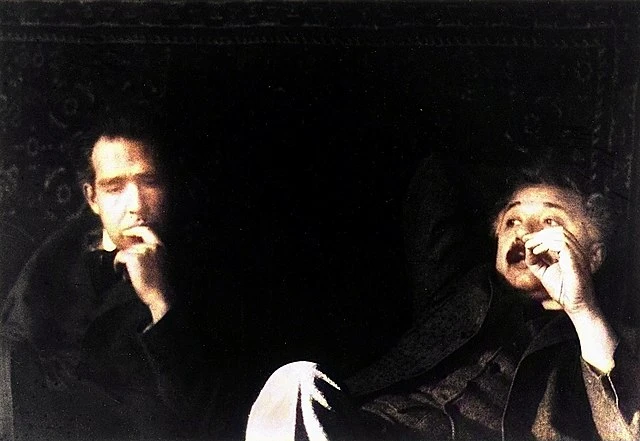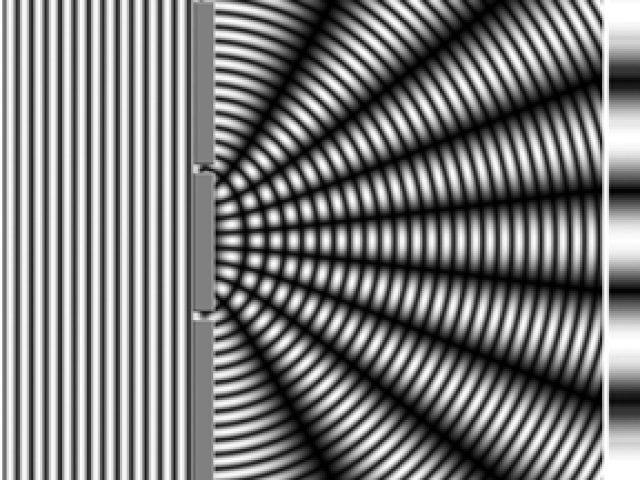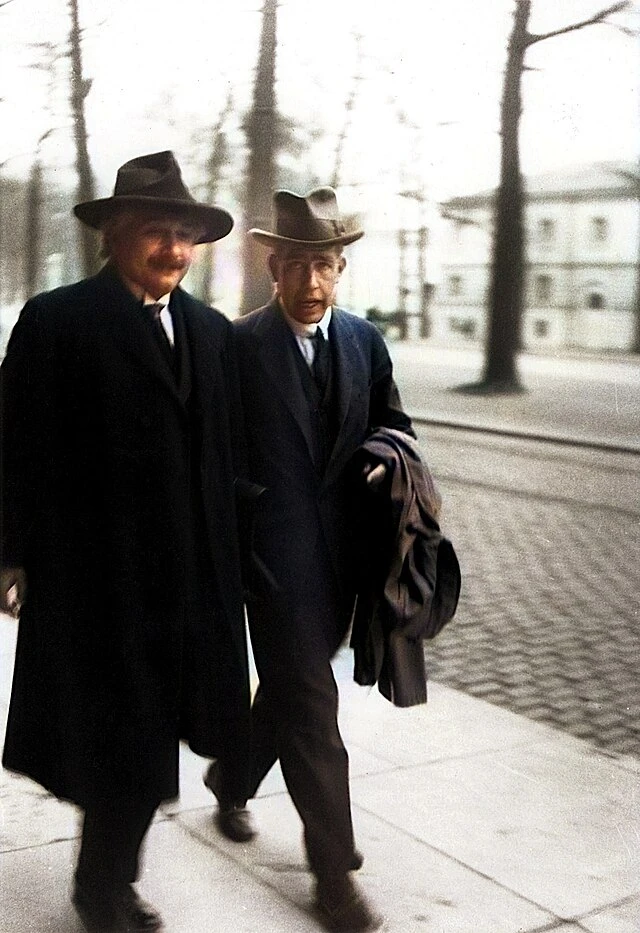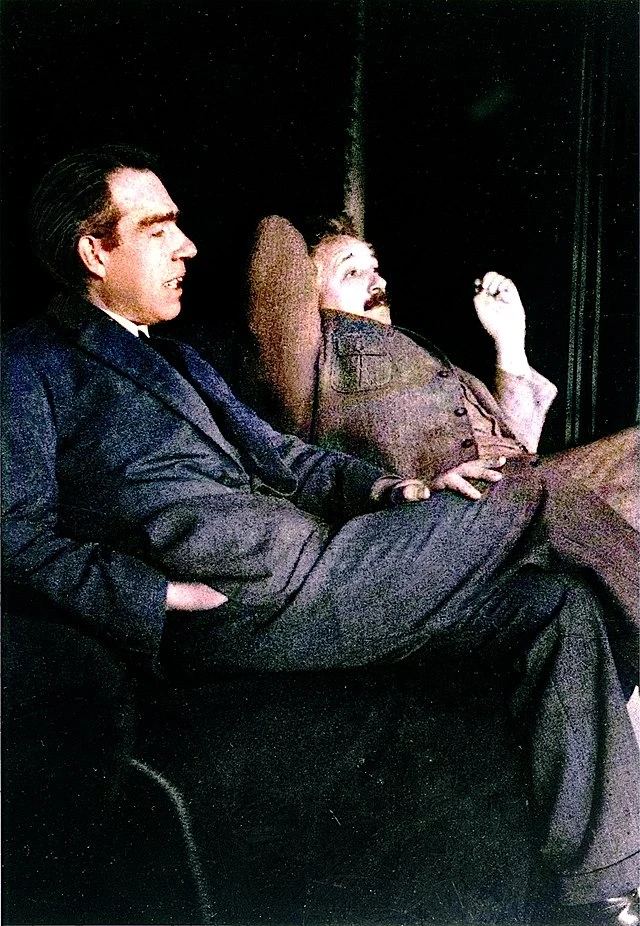MIT has recently announced the results of a striking quantum physics experiment involving ultra-cold atoms and the scattering of light—essentially a real-world realisation of a thought experiment Albert Einstein proposed to Niels Bohr in 1927 as part of his critique of quantum mechanics. While Bohr had swiftly and insightfully identified the flaw in Einstein’s reasoning using the uncertainty principle, Einstein remained skeptical of the quantum mechanical framework as a complete description of nature, and continued to challenge its foundations throughout his life.

The MIT experiment has reinforced Bohr’s viewpoint—but not in the simplistic way many clickbait headlines suggest. It hasn’t “proven Einstein wrong” in any absolute sense. A more accurate summary would be: “One of Einstein’s challenging questions has now received an experimental answer.” The experiment does not invalidate Einstein’s philosophical doubts about quantum theory. After all, the question of whether quantum mechanics offers a complete and final description of reality at the smallest scales is still open to debate. If anything, we need more Einstein-like challenges today—provocative questions that could either further validate quantum theory or nudge us toward new frameworks of understanding.
The Wave–Particle Puzzle
In 1801, British scientist Thomas Young famously demonstrated that light behaves as a wave. When passed through two narrow slits, light formed an interference pattern on a screen—alternating bright and dark bands that could only be explained by wave behaviour. This seemed to settle the debate of light’s nature.

But a century later, in 1905, Einstein reignited the debate by explaining the photoelectric effect—where light knocks electrons off a metal surface—using the idea that light consists of discrete particles, or quanta (later called photons). This marked the beginning of the idea of wave–particle duality, suggesting that light is both a wave and a particle, depending on the experimental setup.
This led to a deeper question: Does light inherently possess both wave and particle properties at all times, or does it only exhibit one nature depending on how we observe it?
Einstein vs. Bohr: A Philosophical Rift
This was the heart of the disagreement between Einstein and Bohr. Einstein believed that light (and by extension, other quantum objects) had an independent, objective dual nature, regardless of whether it was being observed. Bohr, on the other hand, proposed his principle of complementarity, which stated that it is meaningless to speak of light as being a wave or a particle until a measurement is made—at which point it manifests only one of the two aspects, never both simultaneously. According to Bohr, no single experiment can reveal both natures at once.
Einstein, a master of thought experiments (or Gedanken), had revolutionized physics with them—showing that time is relative and that gravity can be interpreted as the curvature of spacetime. One of his famous thought experiments involved imagining a person falling from a rooftop who, for the duration of the fall, would feel weightless—thus intuitively leading to the principle of equivalence in general relativity.

At the 1927 Solvay Conference, Einstein challenged Bohr again with a new thought experiment. He reimagined Young’s double-slit setup, but this time he proposed attaching the slits to tiny springs. As photons passed through the slits, the recoil would, in principle, reveal which slit each photon went through—demonstrating their particle nature. At the same time, an interference pattern would form on the screen, revealing their wave nature. Thus, according to Einstein, one could observe both wave and particle behaviour in a single setup, seemingly invalidating Bohr’s principle.
Bohr, however, quickly spotted the flaw. To detect the recoil (and thus the photon’s path), one would need to measure the momentum of the slits with high precision. But according to Heisenberg’s uncertainty principle, the more precisely you know the momentum of a system, the less precisely you can know its position. The interference pattern depends on the precise and stable position of the slits—any uncertainty here would wash out the pattern. So, by trying to extract particle information, you necessarily lose the ability to observe the wave aspect. The principle of complementarity stands.
A Century Later, in the Lab
At the time, Einstein’s proposal was physically untestable. The recoil imparted by a single photon is incredibly tiny—far too small to detect with the instruments of the 20th century. But nearly 100 years later, physicists at MIT have accomplished the impossible.
Instead of using mechanical slits and springs, they used individual atoms suspended in space, cooled to temperatures just above absolute zero to minimize thermal motion. These ultra-cold atoms acted as slits through which light could pass, forming an interference pattern on the far side—just like in the traditional double-slit experiment.
Then, by slightly warming the atoms and allowing them to jiggle more, they enabled the atoms to absorb enough momentum from the scattered photons to act like Einstein’s “spring-mounted” slits. As expected, the more clearly the atoms indicated the photons’ paths—revealing their particle nature—the more the interference pattern faded, concealing the wave aspect.
This is a stunning empirical confirmation of Bohr’s interpretation: the more you know about the particle path, the less you see of the wave pattern—and vice versa. Remarkably, it also proves that Einstein’s thought experiment was, in principle, testable—just not with the technology of his time.
Beyond Victory and Defeat
This is undoubtedly a vindication for Bohr, often called the father of quantum mechanics, whose philosophical insight stood the test of time and experimental scrutiny. But it is far from a defeat for Einstein. His relentless critiques forced Bohr, Heisenberg, Born, and others to sharpen their arguments and strengthen the foundations of quantum theory.

Einstein’s skepticism did not weaken quantum mechanics—it made it more robust. His questions continue to drive physicists to probe the boundaries of the theory, pushing toward a deeper understanding of reality.
A Poetic Milestone
That MIT’s experiment arrives during the centenary celebrations of quantum mechanics is poetic. It was in the mid-1920s that quantum mechanics matured into a coherent theoretical framework, and the famous Bohr–Einstein debate at the 1927 Solvay Conference became a defining moment in the philosophy of science.
Even today, many physicists agree with Bohr’s formalism but resonate with Einstein’s discomfort. Quantum mechanics works with extraordinary precision, yet its philosophical underpinnings remain unsettling. As we celebrate a century of quantum theory, we must remember: the final word on nature’s deepest secrets may still lie ahead.
Einstein’s dream of a more complete theory—one that would resolve the conceptual strangeness of quantum mechanics—remains alive. And the search continues.

